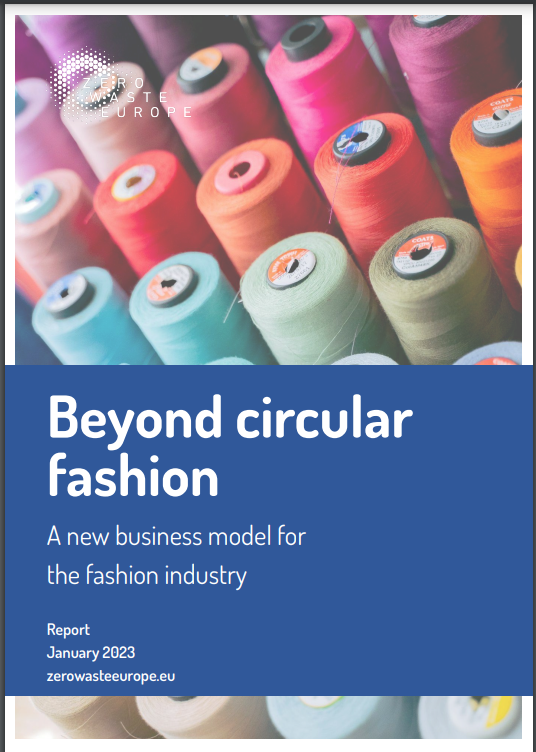Chemycal has been acquired by 3E
Learn MoreChemycal has been acquired by 3E
Learn MoreDiscover how Chemycal PRO helps you boosting your regulatory monitoring:

Executive summary - The current model of fast fashion is one of the main drivers of overconsumption, resource depletion and social exploitation. The impact of the current business model based on fast fashion has revealed detrimental social and environmental impacts.
The European Union (EU) has published a Textiles Strategy 1 laying out how it plans to tackle this issue. Until now global textile corporations have been unable to articulate a proper vision of what sustainable fashion systems could look like; think tanks such as the Ellen MacArthur Foundation have published proposals to address the topic; and non-governmental organisations have denounced the many inconsistencies and shortcomings of current performance and future plans.
As a result, there are a number of legislative initiatives aimed at restructuring the sector - mainly in the field of eco-design and waste management of textile products.
During the last decades, the use of cheap synthetic fibres has been fueling the current business model based on overproduction, combined with limited accountability for negative environmental and social impacts. This overproduction represents the biggest environmental impact of the fashion sector, way ahead of the impact of end-of-life management. Yet, the legislative tools considered to date focus on products and waste, rather than on systemic factors or business models. Since overproduction is a systemic feature of a growth-dependent business model, the current legislative measures and the latest EU textiles strategy leave the most significant point unaddressed.
When looking at voluntary measures such as labels, which should help consumers to make sustainable choices, they are currently limited to toxicity, circularity, and transparency, but lack a systemic approach which could lead to fostering a desirable and sustainable business model.
The current push to increase the circularity of fashion products is a step in the right direction but insufficient to change the current business models. As a result, given the additional resources that are often required to produce quality and lasting products, the efforts of the sector to move towards sustainable production could paradoxically lead to a higher environmental impact if the model continues to be based on overproduction.
Given the novelty of the topic, there is not much literature, let alone consensus, as to what are the features of a sustainable, fair, and zero waste business model for textiles. Building on the best practices in the European market, we have identified 4 criteria which, when applied simultaneously, could be considered as key to identify what a virtuous business model that goes beyond circularity would look like. These are:
1. Design for physical and emotional durability;
2. Demand-driven production to phase out unsolds and discounts;
3. Full supply chain transparency and traceability post-sale;
4. Extending the use-phase after first ownership.
Given the fact that this is the first study pointing at the difference between sustainable textile products and sustainable textile business models, and given the fact that textiles are also a relatively new field for policy intervention, more research and action would be needed in the particular fields of:
● Gains, costs, and externalities associated to a radical change of current business model to one that is fair, sustainable, and zero waste;
● Fashion and climate - in particular, looking at the carbon budget available for the sector as a way to inform future legislative steps;
● Fashion and biodiversity - studying the impact of fast fashion on current biodiversity decline;
● Identification of existing best practices from a business model perspective;
● Design policies to encourage the transition to, or/and creation of, new businesses following the aforementioned criteria.
n the coming years, Zero Waste Europe intends to track the progress in the textiles world according to the classification above. In addition to this, we will further research what a virtuous business model looks like; and we will launch legislative and non-legislative actions to promote it.
Link to executive summary and full report
2013 © MyChemicalMonitoring. ALL Rights Reserved. About Us | Terms and Conditions